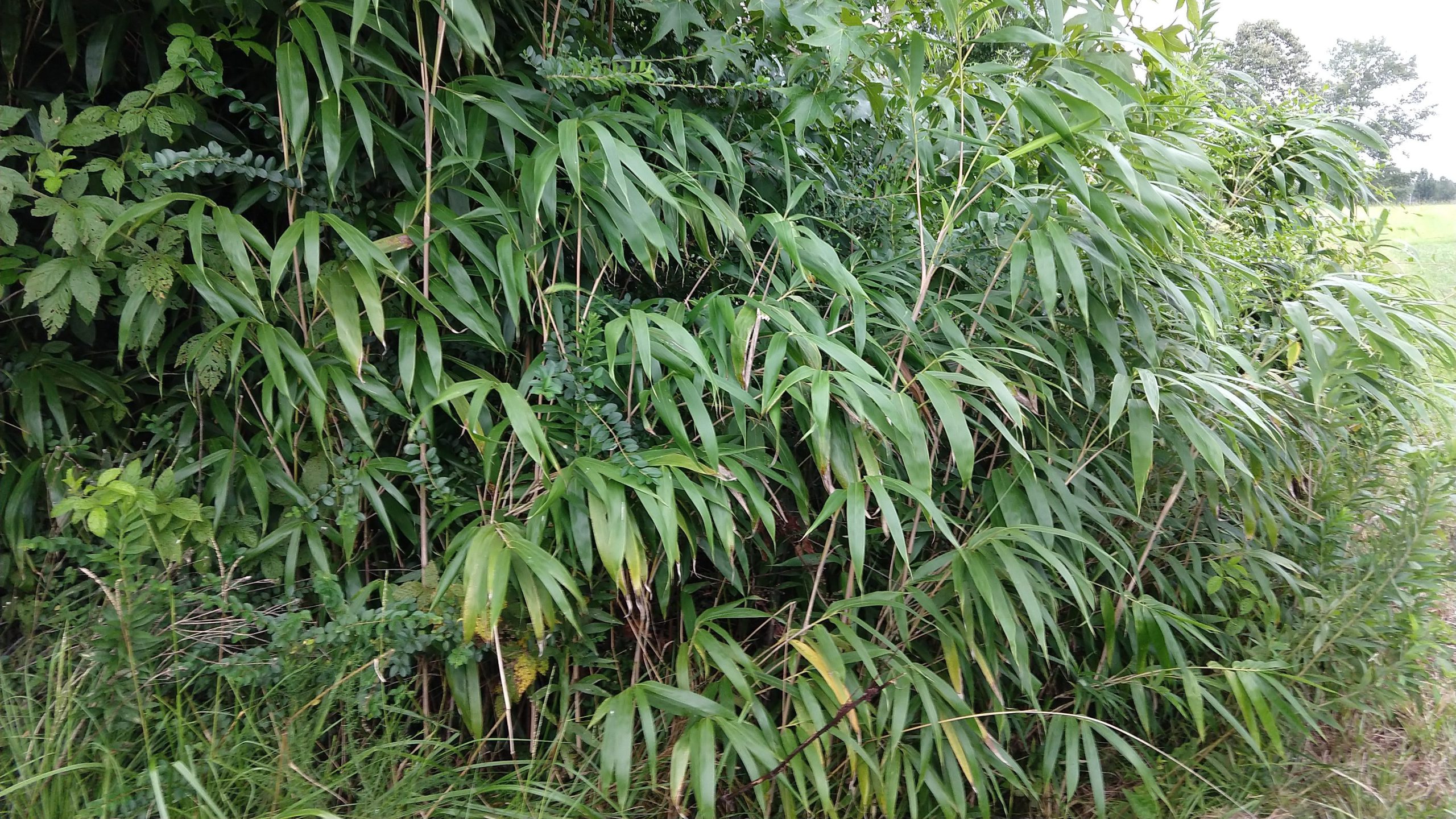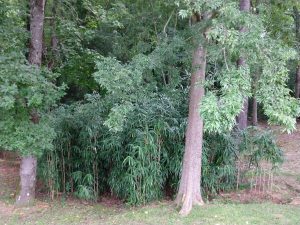Return of River Cane, Our Native Bamboo

 River cane (Arundinaria gigantea) habitat was once a lush and dominant feature of the Southeastern landscape up until the time of European settlement. This habitat has been almost completely wiped out, down to less than 2 percent of its former range (Noss et al 1995), due to loss of a fire regime, extensive clearing for agriculture, and urbanization. Now considered a critically endangered landscape, it used to grow in floodplains, bogs, riparian woods, pine barrens and savannas, and pocosins. Not only was this habitat important for wildlife and where rare and endemic species abounded, but Native Americans used it to make among other items, medicine, baskets, arrows, knives, spears, flutes, and tobacco pipes (North Carolina Cooperative Extension 12-13-2011).
River cane (Arundinaria gigantea) habitat was once a lush and dominant feature of the Southeastern landscape up until the time of European settlement. This habitat has been almost completely wiped out, down to less than 2 percent of its former range (Noss et al 1995), due to loss of a fire regime, extensive clearing for agriculture, and urbanization. Now considered a critically endangered landscape, it used to grow in floodplains, bogs, riparian woods, pine barrens and savannas, and pocosins. Not only was this habitat important for wildlife and where rare and endemic species abounded, but Native Americans used it to make among other items, medicine, baskets, arrows, knives, spears, flutes, and tobacco pipes (North Carolina Cooperative Extension 12-13-2011).

The Mississippi Band of Choctaw Indians is developing a river cane restoration program to bring back a culturally and economically important plant specie. The Tribe has integrated the restoration effort among its old and young members of its community.
- Categories: